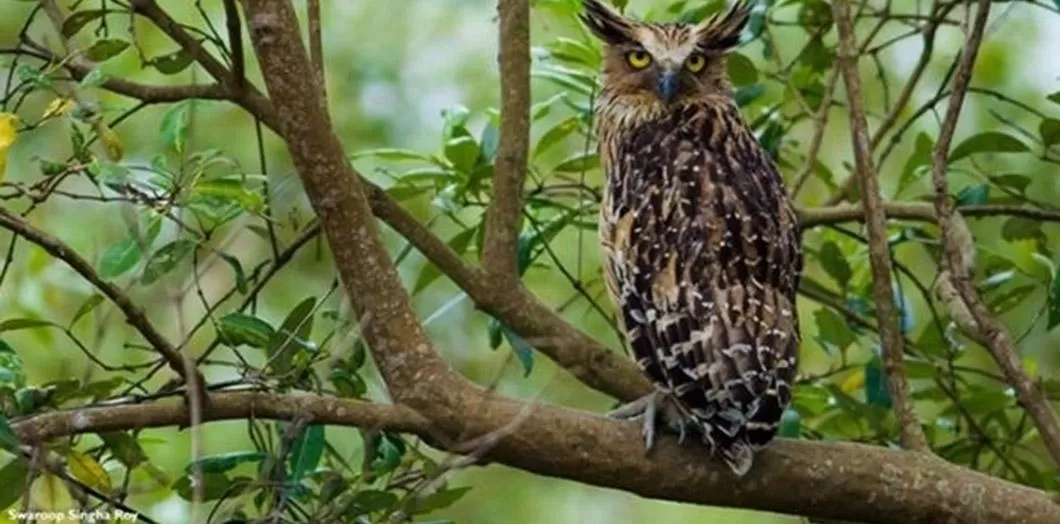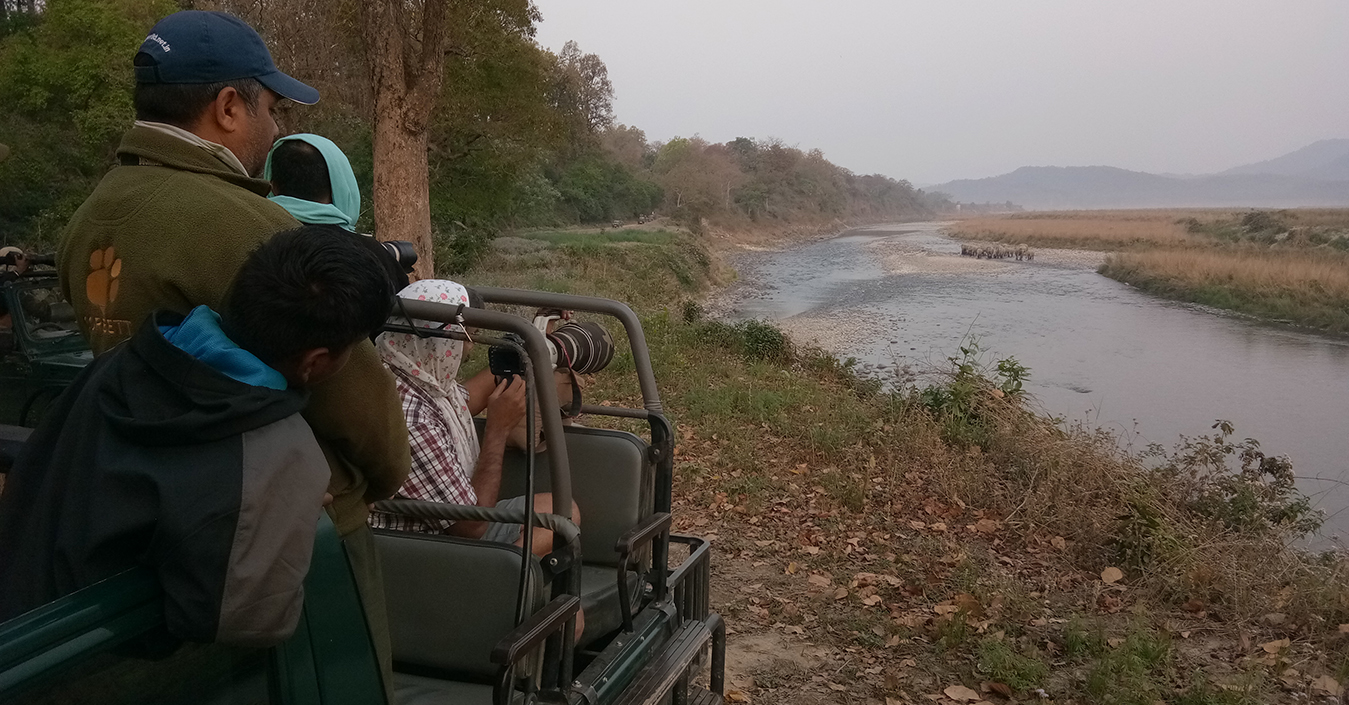
Blog Details
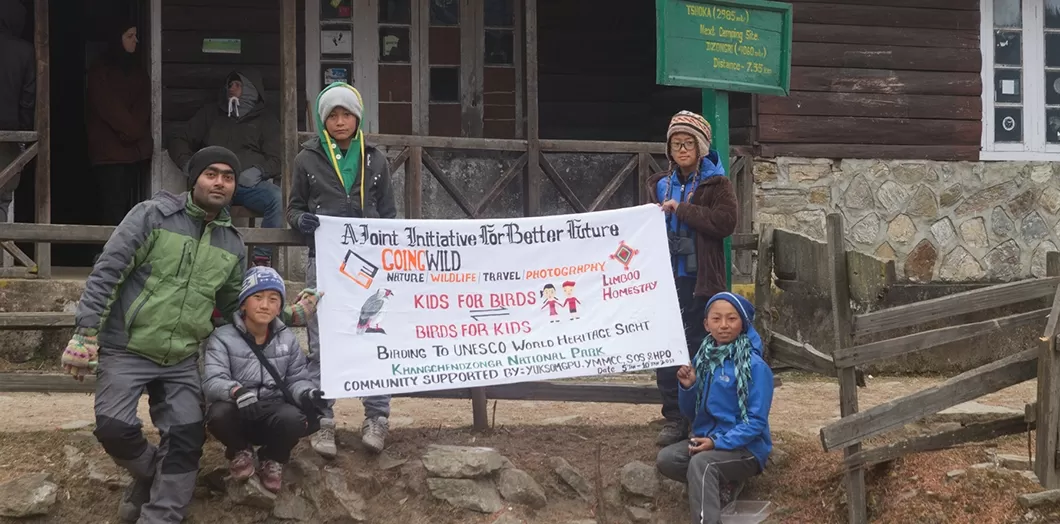
Kids for Birds and Birds for Kids
The world is a puzzle and from time immemorial mankind has been trying to unfold its mysteries, the deep dark forest have so many secrets to tell us, the tangled hearts of the forests have so much to say; my question is - Do we listen to the forest? Do we respond? Well having said this, I have to emphasize on the fact that kids are our hope and assets, and as senior member of this society it is our responsibility to focus on the upliftment of their thoughts and artistic intellect and spread awareness about wildlife conservation among them. There is a saying "Children are like soft clay". We can mold them and help them to become responsible citizens and the protector of the forests, they must be taught to love nature, for mother nature has protected human kind with all its love and compassion. It is our duty to show gratitude for all she has given and still giving to us.
GoingWild, in collaboration with Limboo Homestay organized a bird trekking and bird photography trip for promoting wildlife awareness amongst the masses, especially children. This "One of its kind" bird trekking trip was a week long program, commencing on the 5th of January to continue till 10th of January 2017.
This process of grooming the kids and conducting wildlife awareness and nature conservation programs were brought into effect in Sikkim by GoingWild.
Educating the younger generation has always been based on altruistic values
These altruistic values are directly related to showing love and gratitude towards nature and wildlife, and when it comes to the grooming of kids, GoingWild has always come forward in order to spread awareness in wildlife and nature conservation. Even after being a profit making organization they conduct such activities as corporate social responsibility program. Since the very beginning they have been conducting wildlife awareness drives and trying to educate the children of Limboo tribe group to save the avian and mammalian fauna. Because most the kids hardly have any engagement option in other verticals so sometimes avian fauna gets under the threat of their catapults.
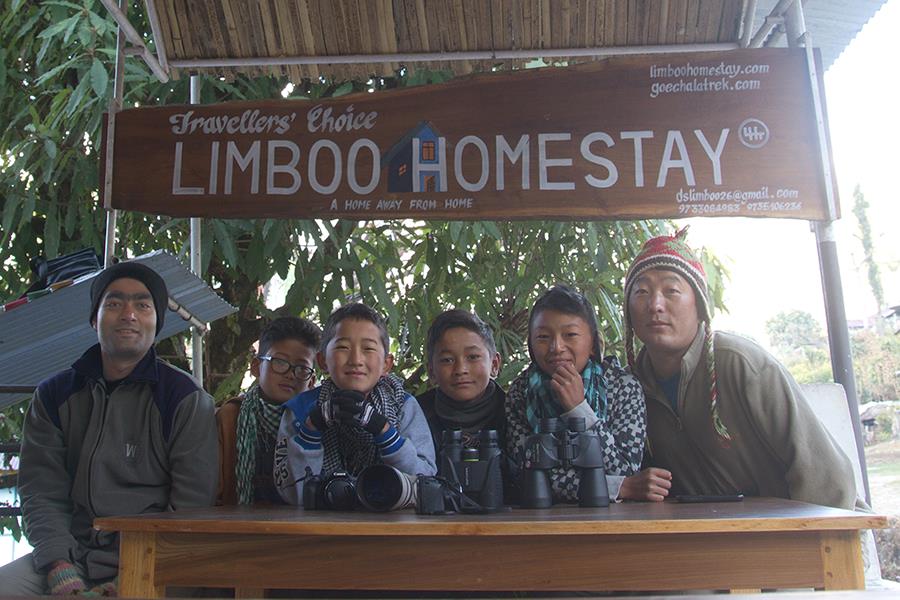
At Limboo homestay during the birding days at Yuksom. With the Kids and Mr Dhan Singh Limboo.
The livelihood of Sikkimese people greatly depend on ecotourism, so they must realize and understand the importance of forest, wild animals and exotic bird species they have. Well, while talking about the enthusiasm among the children of Limboo tribe group, I must say it was pretty high and amazed me perfectly. Their love for nature, wild animals and birds gave me the impetus to help the kids understand more about forests and become the protector of the forest and its inhabitants, in turn making the entire state a wildlife heaven and this program successful.
About Khangchendzonga National Park
Khangchendzonga National Park has very recently been declared as a world heritage site on 17th July 2016, it is also the first "mixed heritage" sight of India. The forest is the home to many animals and exotic bird species for example Musk Deer, Himalayan Tahr, Snow Leopard, the highlight bird species of this park are Blood Pheasant, Himalayan Monal, variety of Laughingthrushes, Yuhinas, Babblers and Tits. It is needless to mention that the A1 landscape adds special charm to the already beautiful place. The varied habitat consists of alpine pasture, steppe grassland, some alternate forests, birch forests, Rhododendron forest cover, temperate broadleaf and mixed montane forest. In Yuksom valley there is temperate broadleaf and mixed montane forest. And another criteria which made Khangchendzonga National Park to be one of the world heritage sights is the inclusion of natural and anthropological elements on diverse cultural influence.
Our experience in Dubdee monastery
Founded in the year 1701 it is the oldest monastery in Sikkim, located on the top of a hill at a distance of 3 Kms from Yuksom at an elevation of 1,000 ft from Yuksom, the pristine surrounding offers ample scope of birding and bird watching. The unsullied ambience of the monastery seemed to value for our tranquility, ability to mediate and fill us with sanctity. I can easily say that this place is no less than a sanctuary of wisdom. On top of this an octogenarian from the tribe group presented a detailed account of the Limboo Culture. I'm a person who loves to learn about different cultures and ways of life and the history of different places. So, altogether the experience was pretty amazing and I learnt a lot. What made me really happy was the great enthusiasm of the children.
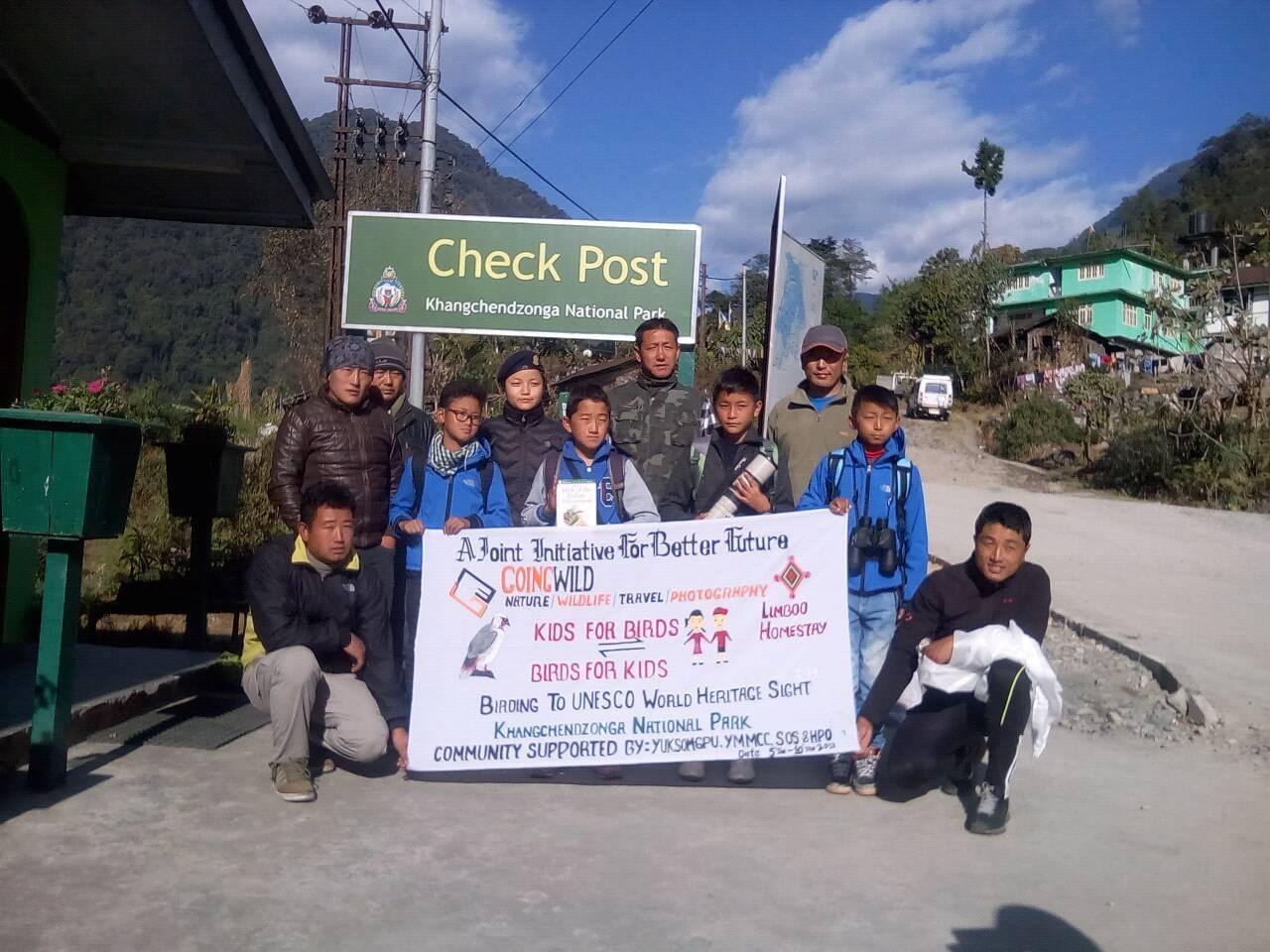
Starting of the bird watching at Yuksom at Khangchendzonga National Park check post.
The Trip Begins - What did we see and do in these five days?
On 7th January 2017 we started our bird watching session on an infamous birding trail of Yuksom, we were greeted by Yuksom GPU head Buddha Singh Subba; he gifted us 'Khada' (A traditional ceremonial scarf). At 09:30 hrs we started from Yuksom (5,840 ft). On day 1 of the birding session, on our way to Sachen we saw various colorful birds like - Tibetan Serin, Chestnut Thrush, Spot-winged Grosbeak, Yellow-rumped Honeyguide - all these are highlight species of the area. During the entrire entire expedition we were accompanied by Tsering and his brother. They had two Yaks with them to carry ration for the rest of the days. By 14:00 hrs we reached Sachen, had lunch, did birding at the cap site at Sachen (7,200 ft). At 18:30 hrs we had dinner and rested for the night at a log hut in Sachen.
Top Three catches from 7th January 2017
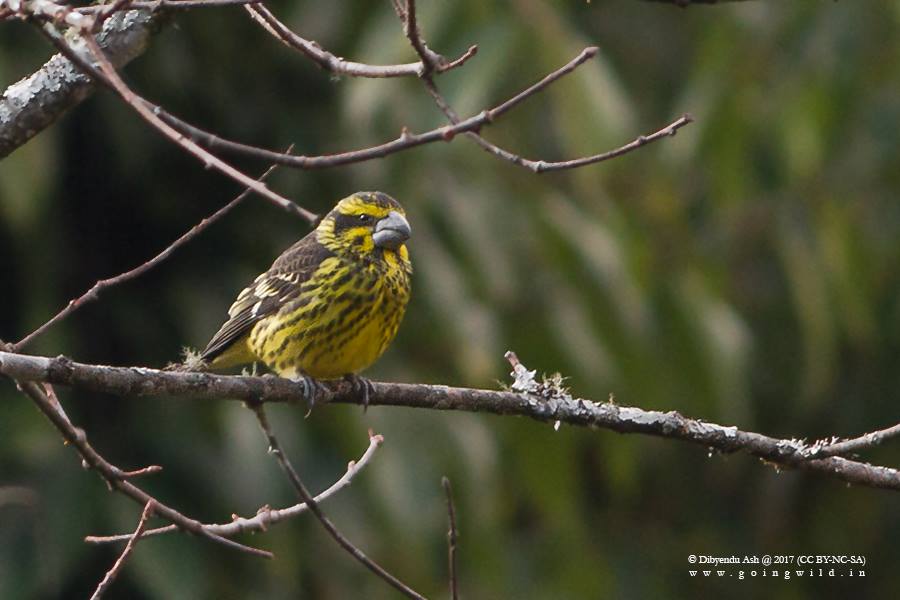 |
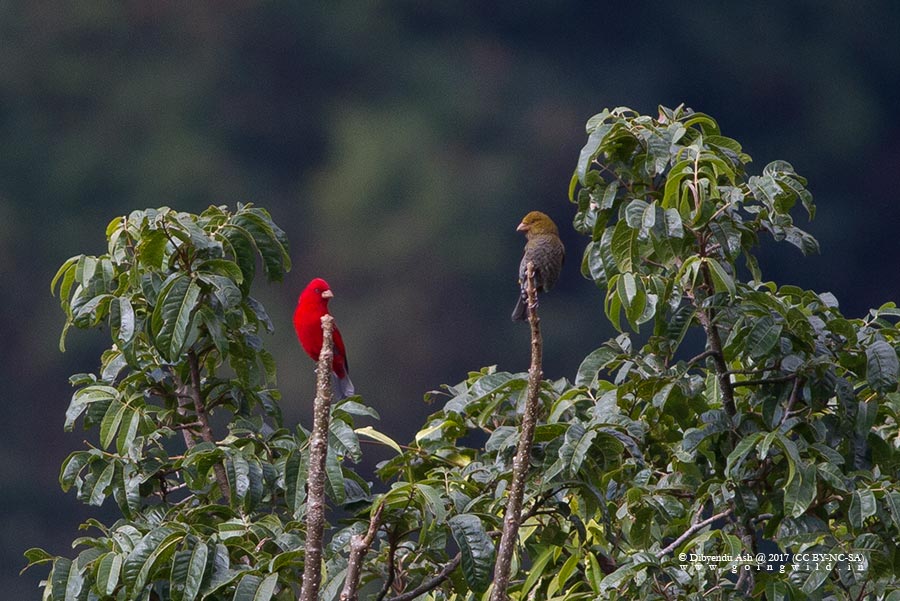 |
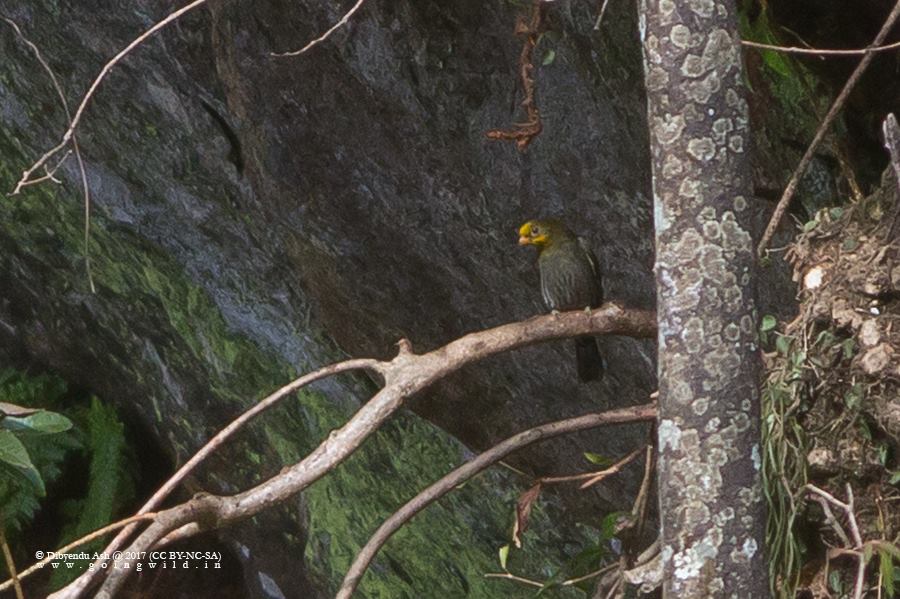 |
| Spot-winged Grosbeak from Sachen (alt - 7,200 ft). On day 3, we trekked from Yuksom to Sachen (around 8 KMs, if measured from our home stay at Yuksom). | Scarlet Finch male and Female from the place before Sachen. In total we count almost 17 individuals. One of the best place to see Scarlet Finch in India. | Yellow-rumped Honeyguide photographed just beside Paha Khola. At the entrance of the park we took a group photograph as well. Bee-hives are still there and we are hopeful for its survival. |
On day 2 that is 8th January 2017, we got out of the trekkers hut at around 07:30 hrs, and found a magnificent Himalayan Serow grazing just beside the camp, the Himalayan Serow is very rarely seen in the wild, it is a Bovide and was spotted by a kid named Avinash Rai; he was super excited to have spotted the animal and said to me - "Sir, ea ek bahut bara Goral hai" (Sir, this is a very big Goral). Although it was not a Goral, the little kid's excitement knew no bound which made me feel exulted to. We photographed many beautiful birds the day was without doubt pretty eventful. By noon at around 12:30hrs we reached Bakhim (9,010 ft). Earlier we planned to stay there for the night but later on thought the better of it and moved further up to Tsoka (10,050 ft). Before arriving at the trekker's hut at Tsoka, we saw a huge mixed flock of birds comprising of Tits, Warblers and other passerines. We checked in to the trekker's hut at 14:30 hrs and after lunch, explored a birding trail beside the Tsoka monastery.
.jpg) |
.jpg) |
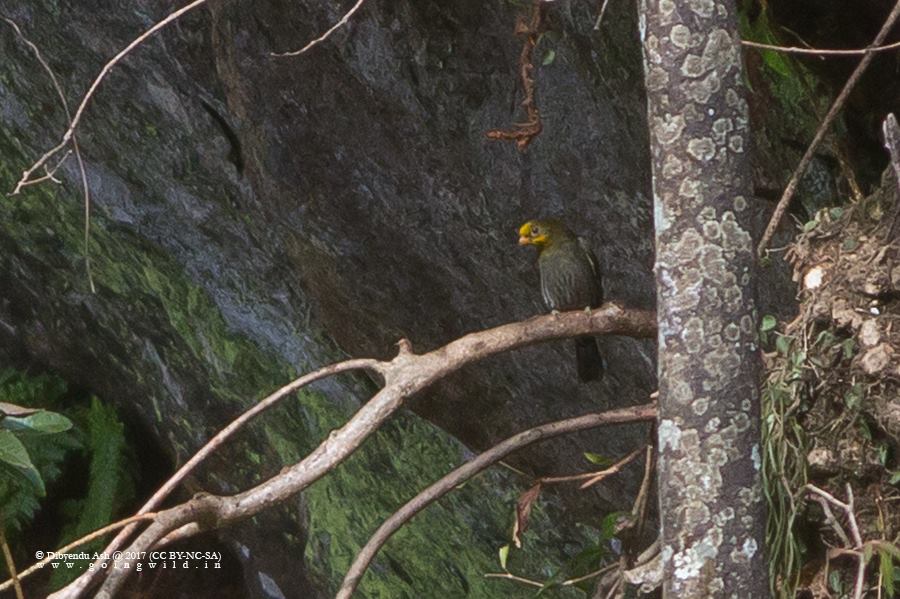 |
| Grey-crested Tit from Khangchendzonga National Park in West Sikkim. Along with Rufous-fronted Tit, this species was there in huge flock! | In all three days at Tsoka we saw Spotted Nutcrackers in huge numbers. Foraging alongwith Yellow-billed Blue Magpie, Black-throated Thrush and Northern Raven. Will post the image of Northern Raven later! | It is our luck and talent to see and show Himalayan Serow again and again. Let it be Pangolakha or Khangchendzonga - Himalayan Serow is magnificent! |
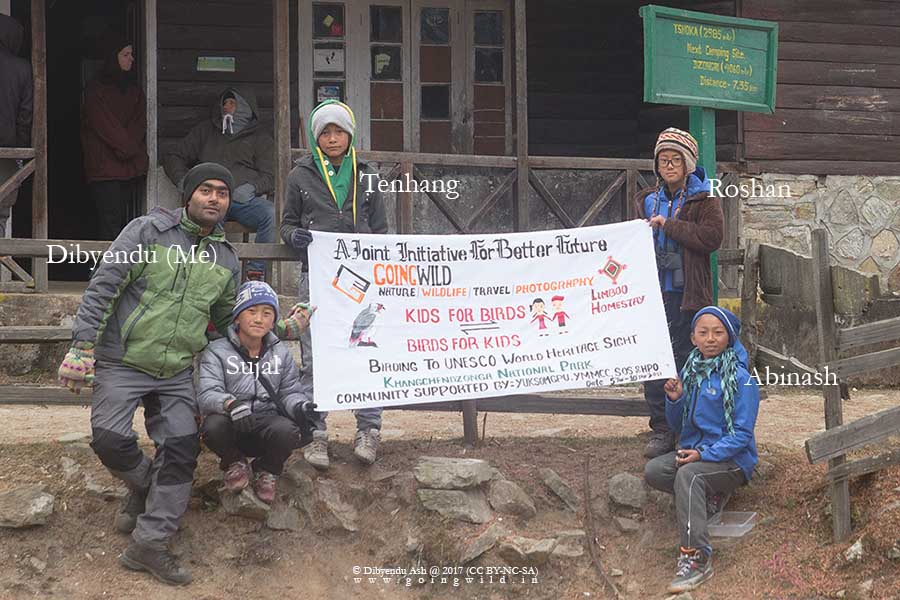
In the afternoon, when the birding session ended we took a group photo of the birding team at Tsoka trekker's hut - West Sikkim 8th January 2017
On day 3, 9th January 2017, we went to Ghumsa for birding (a village just beside Tsoka), at a distance of 2 kms we saw Red panda feces there and photographed some of the beautiful birds like - Spotted Nutcracker, Satyr Tragopan, Himalayan Monal etc. We also covered the birding trails near Tsoka and at night we stayed at the trekker's hut. Since Tsoka is situated inside Khangchendzonga National park, the electricity supply is unavailable, but there are few solar lamps and charging points, still we carried alternate source of light with us.
Top three catches from 9th January 2017
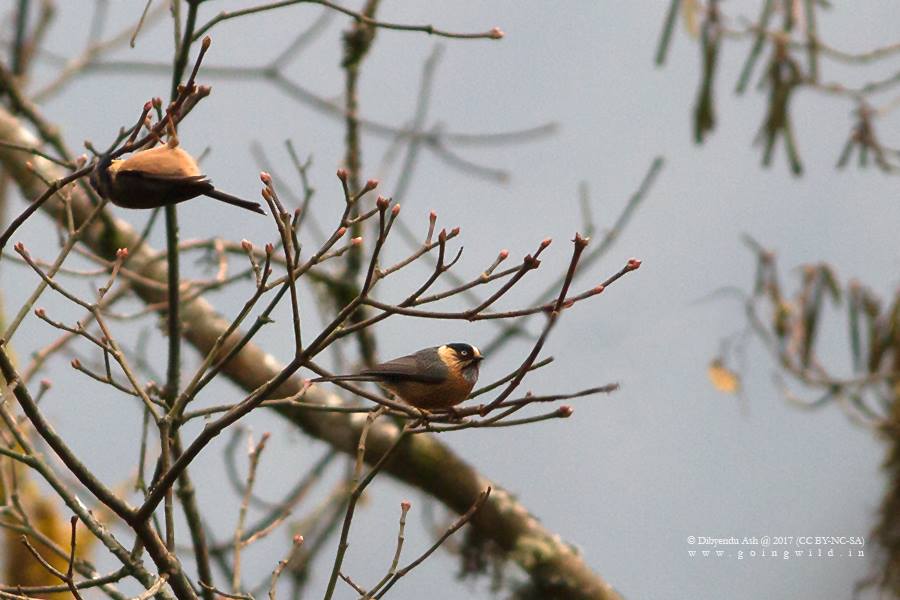 |
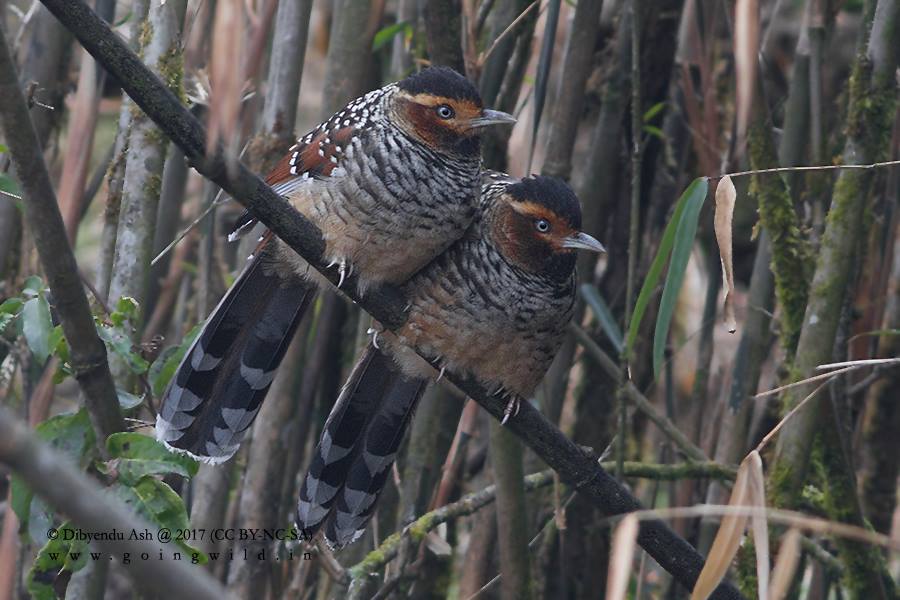 |
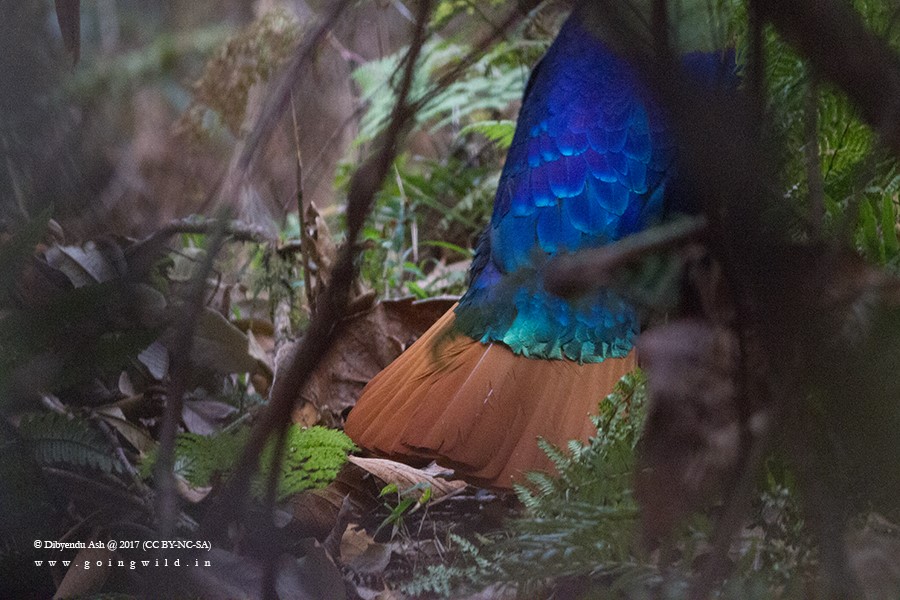 |
| Along with Yellow-browed Tit, Grey-crested Tit we saw huge flock of Rufous-fronted Tit at Tsoka. The entire flock was comprising of tits only; just one or to Green-backed Tit was there too. | Let the couple chill in the sink! - Spotted laughingthrush | I have photographed Himalayan Monal from various parts of Himalayas; this time have framed it in a different way! |
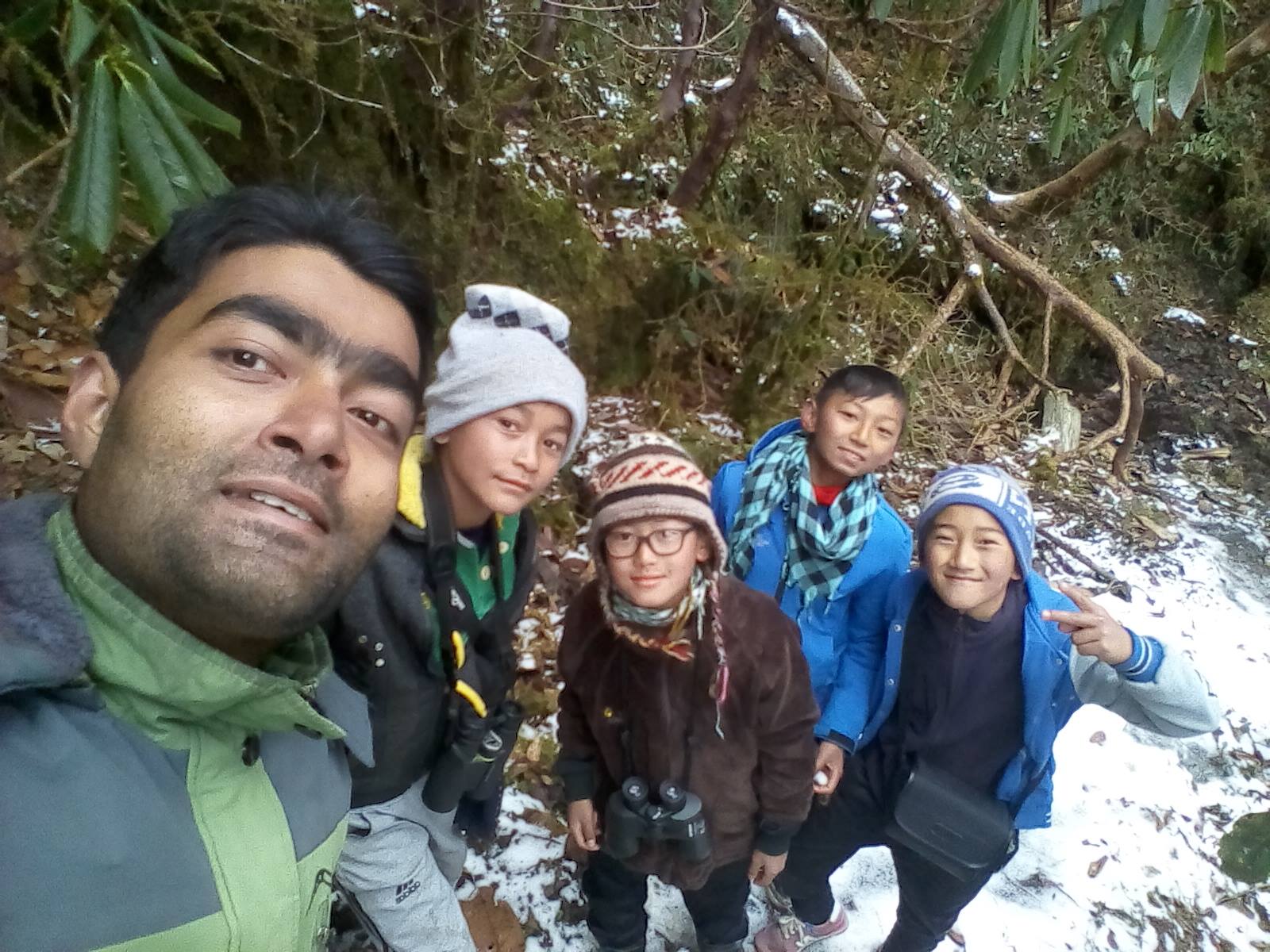
At Ghumsa we had wonderful birding time in snow covered Rhododendron forest. Photographed on 09.01.2017 at KNP, West Sikkim, India
On day 4 that is 10th January 2017, we returned from Tsoka to Yuksom (14 kms of trekking), it took us almost 7 hrs to cover the distance, as we were birding on our way back. Finally after arriving at Yuksom we freshened up for the event organized by the Limboo Homestay and GoingWild in order to greet the participants. A presentation showcasing the birds of west Sikkim from the trip to audience was arranged and we were also shown some design of bird houses and birds on stone tablets, it is noteworthy to mention here that these were all done by the local kids. Later on Chyabrung drum dance had been performed by the local kids and with high tea followed by dinner the event ended at 21:00 hrs.
Top three catches from 10th January 2017
 in Sikkim.jpg) |
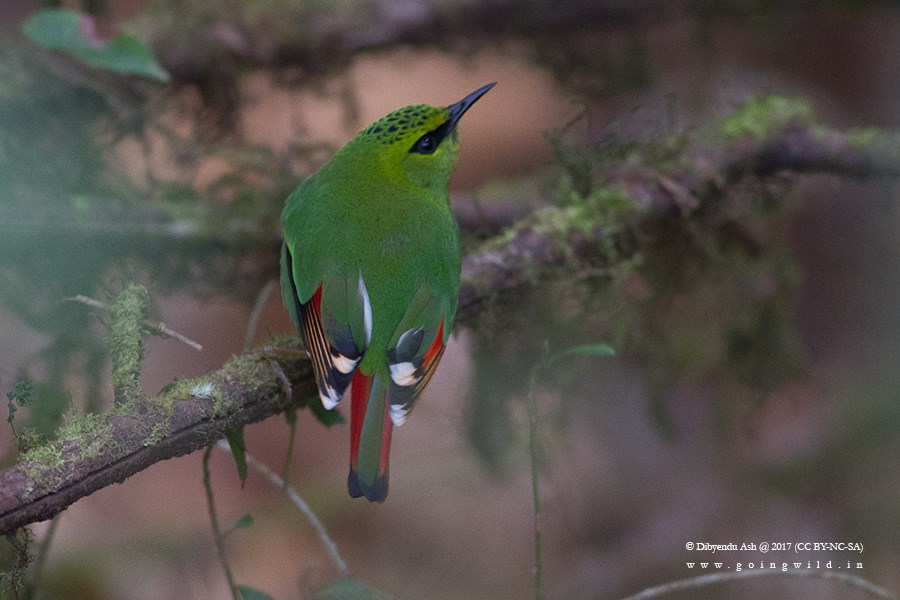 |
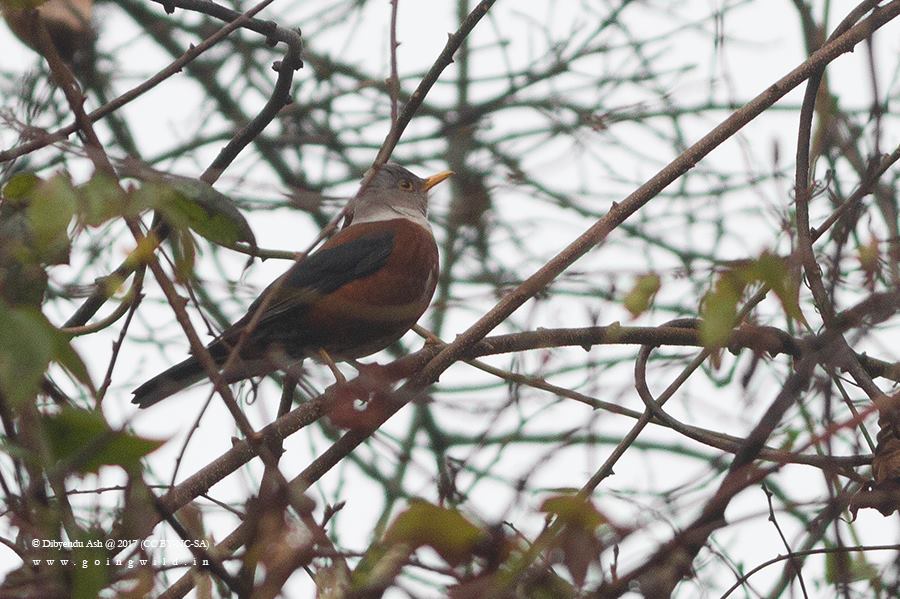 |
| Yellow-throated Marten - Light was very low and the shutter speed was 1/60. Two of them were foraging together in search of foods. Just next to the sighting of Rufous-fronted Tit, we saw them. Later that day while returning back to Yuksom, we saw Yellow-cheeked Fulvetta too! | In the afternoon while we were returning back, just before having lunch we heard a flock of Fire-tailed Myzornis and spent some good time with the flock! | We saw 5 individual Chestnut Thrushes on 10th January, 2 at Bakhim, 2 at Sachen and one at Paha Khola. This individual had been photographed from Bakhim. |
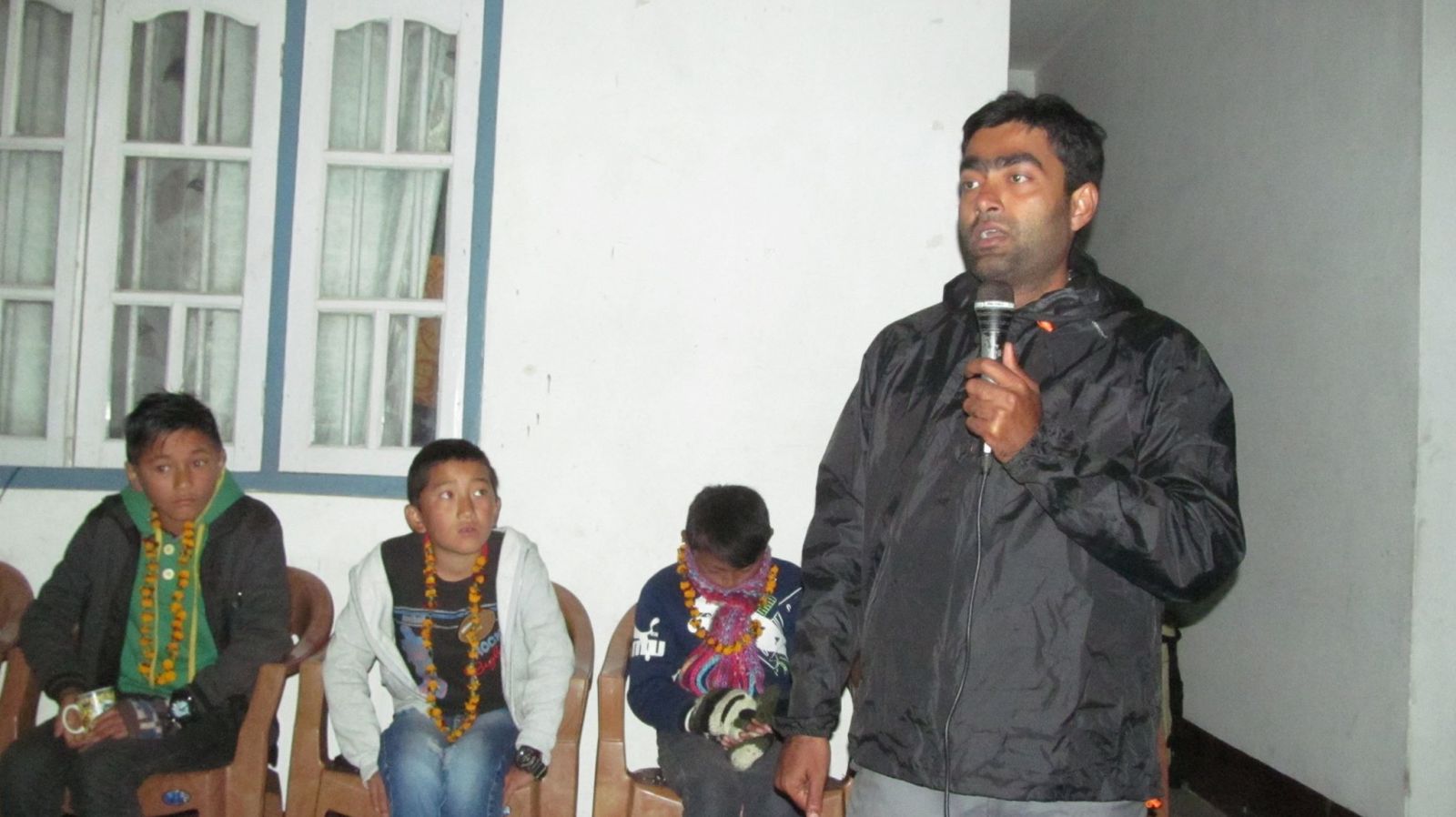
Giving presentation on Bird Watching on 10th January 2017 at Limboo Home stay - PC: Labun Hang Pegha
 |
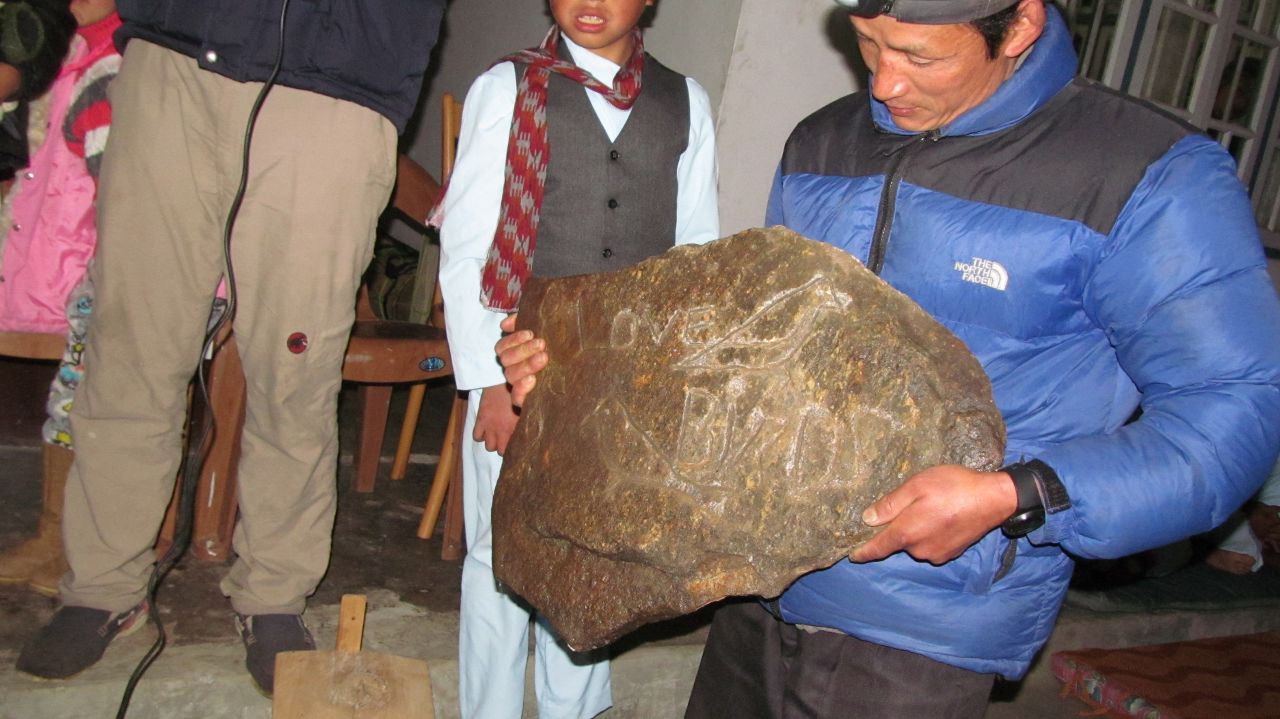 |
| Mr Limboo (Abinash's father) showcasing bird. house PC: Labun Hang Pegha | Bird impression on stone tablets. PC: Labun Hang Pegha |
Our experiences throughout
The birding experience with the kids was unique and was pretty positive, the kids learnt a lot and their zeal filled me up with hope that the future of forest is secured in the hands of these kids. Their inquisitiveness and interest have inspired GoingWild to organize more such events. Their interest and love for nature did not fail to astound me for sure.
Yes, to be honest, I love kids. But during these five days I personally had great time being with them and showing them the various shades of the forest. Apart from the "Learning" part, we had a lot of fun. We had the honor to see and experience the Chyabrung drum dance. In this context, I would like to write about the Chyabrung drum dance and its relation to ethnic Limboo culture.
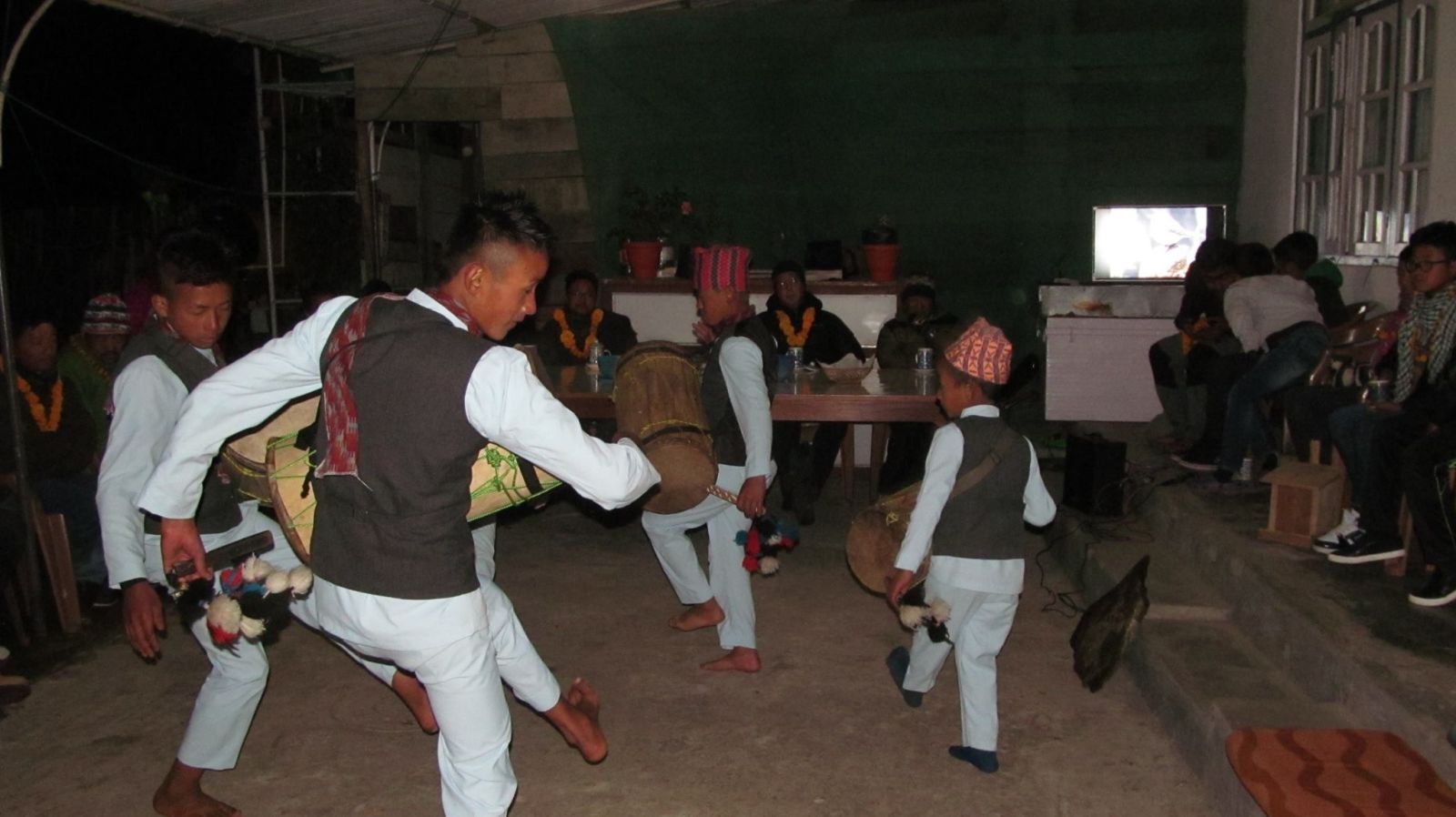
Chyabrung drum dance played by local kids of Yuksom at Limboo Homestay on 10th January 2017
Chyabrung drum dance is an important part of Limboo culture and is characterized by complex footwork, synchronized with the drum beats. Based on the movements and acting style the dance type changes. As for example, dance based on life; in this type the movements and actions of animals, birds, insects etc are imitated; then there is agricultural dance based on farming, war dance etc. Well, for us they performed dance based on farming, war dance and dance based on the movements of Himalayan Monal.
Further, every day we used to have dry fruits and cheese in the evening; the way cheese and dry fruits brought smile on their faces Oh! just beatific! . We also had a unique experience to stay at trekker's hut, because birders and regular tourists don't get the chance to stay at trekker’s hut, because it is strictly meant for the trekker's and since we were birding in the month of January, we got the chance to stay there, as trekkers do not trek during the winters. Last but not the least we meditated in the peaceful and serene ambience of Dubdee monastery. Thus it can be easily concluded that en masse the event was a fun filled experience and a fruitful field trip as well for the children.
Supports
This initiative has been entirely supported by Yuksom Gram Panchayet Unit (Yuksom GPU), Yuma Mang Meditation Centre Committee (YMMCC), SOS (Sikkim Ornithological Society) and HPO (Heavenly Path Organization).
The event was published in Summit Times (a sikkim daily). We are expecting a whole hearted support from your side too.
Coverage of the event 'Kids for Birds & Birds for Kids' in Summit TIMES Daily
0 Comments
Leave a comment
Archive
Tags
Latest Posts
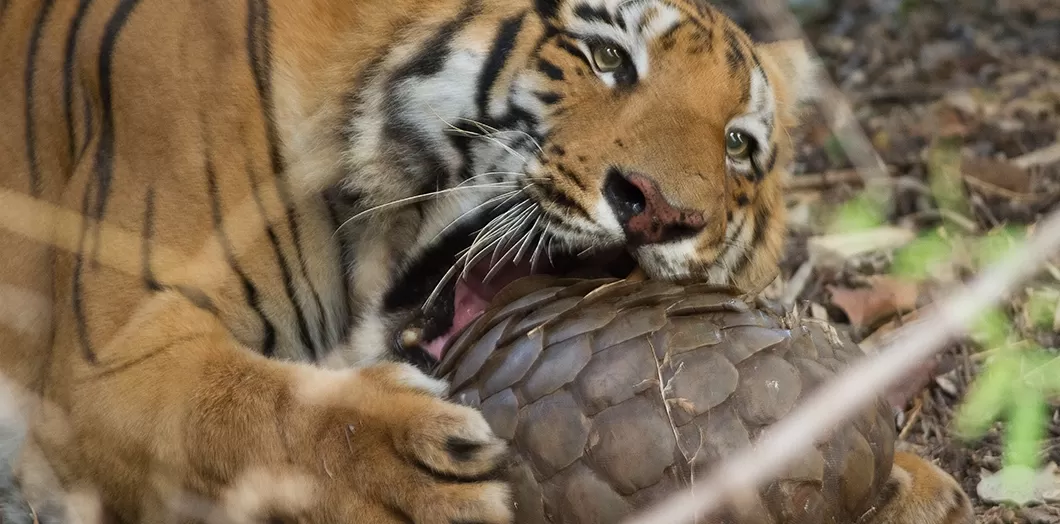
Tiger Pangolin Storyline From Tadoba
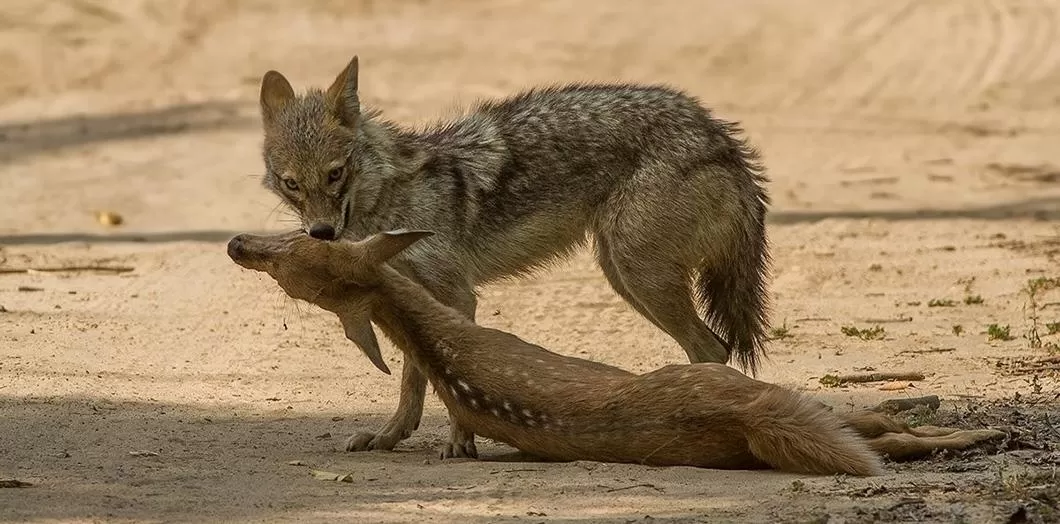
The Day of the Jackal
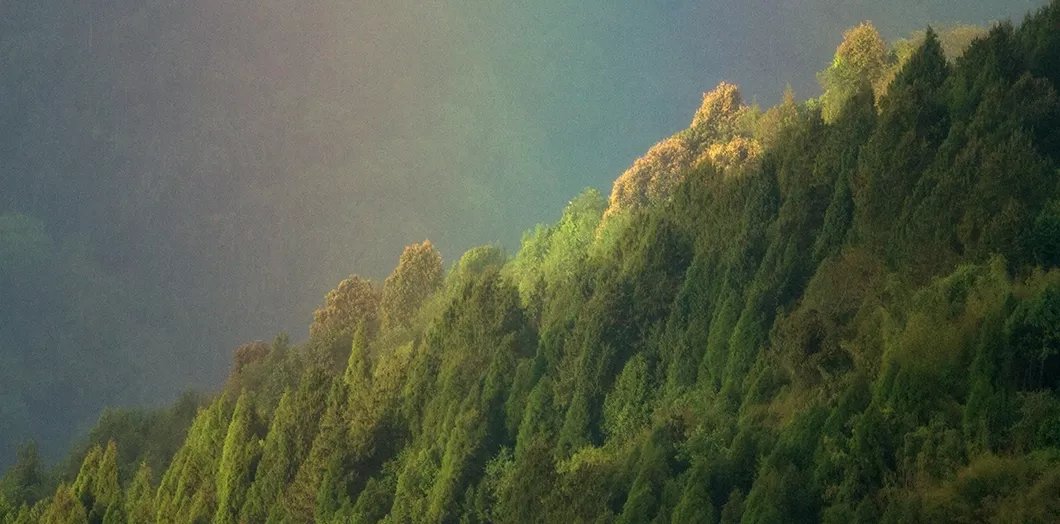
'Sikkim' Tour - Zuluk
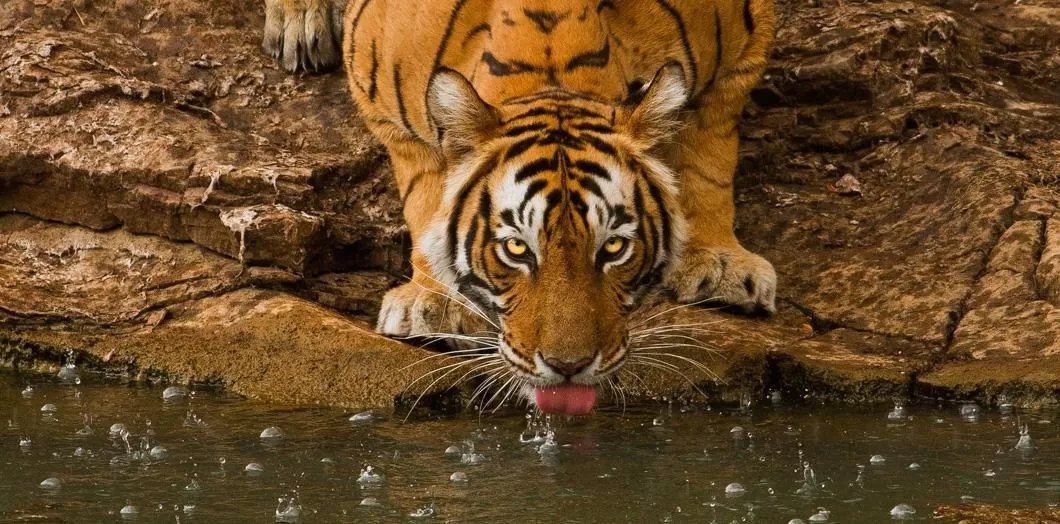
Tigress in Rain
